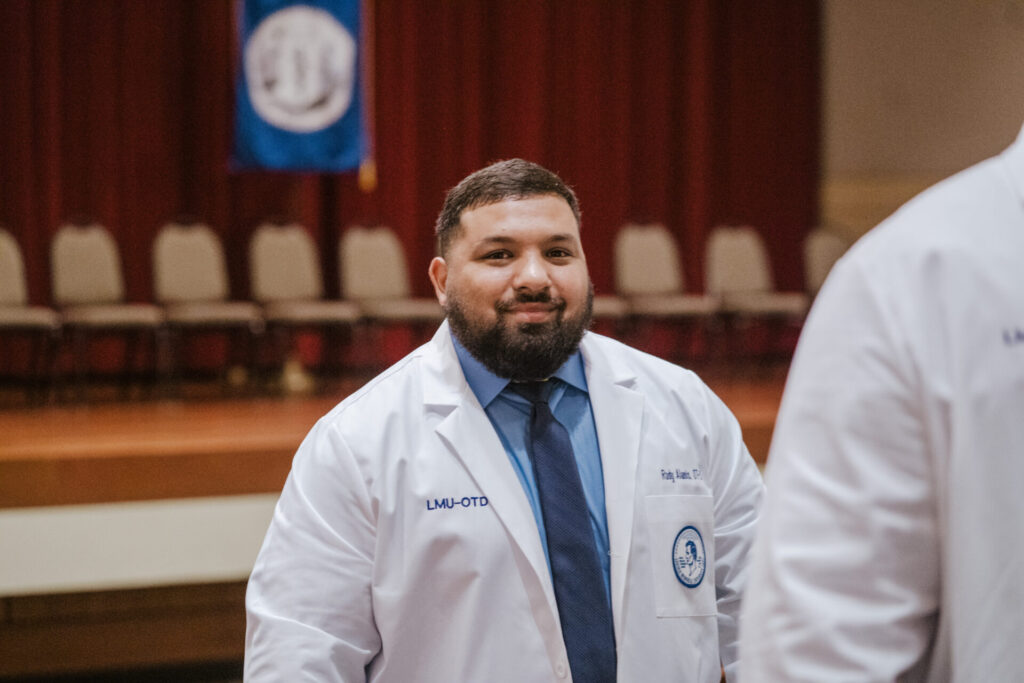- Find a DoctorDoctors by Specialty
- Cardiac Electrophysiology
- Cardiology
- Colon & Rectal Surgery
- Family Medicine
- Gastroenterology
- General & Vascular Surgery
- Gynecological Oncology
- Gynecology
- Infectious Disease
- Internal Medicine
- Interventional Cardiology
- Interventional Radiology
- Nephrology
- Neurology
- Neurosurgery
- Obstetrics & Gynecology
- Oncology
- Oncology & Hematology
- Orthopedic Surgery
- Otolaryngology
- Perinatology
- Psychiatry
- Pulmonary Medicine
- Radiation Oncology
- Rheumatology
- Sleep Medicine
- Thoracic Surgery
- Urology
- View All Doctors
- Our ServicesMedical Services
- Bariatric Services
- Behavioral & Mental Health
- Breast Care
- Cancer Care
- Critical Care
- Ear, Nose, & Throat
- Emergency Services
- Gastroenterology
- Glossary
- Heart Care
- Home Care
- Hospice & Palliative Care
- Imaging & Diagnostics
- Long-Term Care
- Nephrology
- Orthopedics
- Primary Care
- Rehabilitation Therapies
- Robotic-Assisted Surgery
- Sleep Services
- Spine Care
- Stroke Care
- Surgery Services
- Telehealth Services
- Urology
- Urgent Care
- Virtual Urgent Care
- Women’s Services
- Wound Care
- Our Locations
- Patients & Visitors
- About Us
 The first time it happened was during soccer practice. Gina Albert was doing sprints when something went wrong.
The first time it happened was during soccer practice. Gina Albert was doing sprints when something went wrong.
“I had to stop,” Gina says, “I couldn’t get any air out.”
An active athlete since she was in preschool, Gina suddenly was completely winded and couldn’t catch her breath. She called her mom, and they began a long journey to find out what was wrong.
Sara Albert and her daughter sit together in an office at LeConte Therapy Center where Sara works as a physical therapist. They marvel that after they made multiple trips to Knoxville, saw five doctors and had Gina undergo a battery of tests, the solution was at LeConte all along.
The final diagnosis was vocal cord dysfunction, and Gina was successfully treated by a speech therapist who works in the same department Sara does. Julie Bradburn, MEd, CCC-SLP, is a speech pathologist and clinical specialist who taught Gina how to breathe again.
“Paradoxical vocal fold movement [PVFM] is a condition that occurs when the vocal cords do not open correctly,” Bradburn says. “This disorder can happen to anyone at any age, but statistics show it’s more common in teenage female athletes.”
Bradburn says PVFM is often mistaken for asthma because both conditions cause breathing problems and both can be exercise-induced. But in asthma the bronchial tubes tighten, while in vocal cord dysfunction tight vocal cord muscles are the problem.
“Unfortunately, due to the high rate of misdiagnosis, many athletes stop playing the sports they love,” Bradburn says.
Searching for answers
Sara took Gina to pediatric physicians in several specialties. There were plenty of tests, too.
“They did a pulmonary function test that was negative,” Sara says. “They did an EKG because the chest tightness was sometimes painful. When she was out on the field she was clutching her chest.”
Gina had an echocardiogram and chest x-rays. She was even tested for vocal cord dysfunction, but the test came back negative. That’s because Gina was fine while sitting in a chair or lying on an exam table. The problem didn’t show up until she was running on the soccer field. And then it could show up with a vengeance.
“I felt dizzy and my throat would get tight,” Gina says. “I would get tight in my shoulders and my chest and my back, and I would start making a noise – but it wasn’t an asthma kind of noise. It was really just a high-pitched wheeze.”
Gina remained on the team, but her coaches were concerned and didn’t want to put her in the game during the regular season. She sat on the bench, all the while feeling like she was totally capable of playing.
“It was so frustrating, because we couldn’t figure out what was wrong,” Gina says.
Indoor season came and Gina got back in the game, because it was thought her symptoms might be connected to an outdoor allergen of some sort. But the attacks kept happening. Sara became accustomed to sitting in the stands on edge, ready to rush to the field at any moment if her daughter had an attack.
The final diagnosis
Sara becomes emotional when she recalls the moment Gina was finally diagnosed. The tears are from relief, but also from watching her child go through the test that finally provided the answer. Gina was asked to take a stress test: running six miles per hour on a treadmill at a 12 percent grade. “They needed her to go eight minutes,” Sara says.
Gina couldn’t make it to the end of the test, but she was on her feet long enough for a conclusive diagnosis. The treatment she needed was speech therapy, which was available at LeConte Medical Center – just upstairs from Sara’s office.
“Gina began speech therapy to retrain her vocal cords to function properly during high-intensity activities,” Bradburn says. “She also learned how to perform rescue breathing techniques to help her recover more rapidly if an attack did happen to occur.”
It worked. Before treatment, Gina couldn’t run on the soccer field for more than three minutes. After learning breathing techniques in speech therapy, Gina ran four miles with no problems.
“At first, I can feel all of the tightness happening so I have to breathe in twice really quickly and then breathe out slowly just to control it all,” Gina says. “We practiced sprints outside and when I felt like I was tightening up, Julie would make me do the breathing and it would just go away.”
Meanwhile, Sara watched from a window at work. “I’m used to being in the stands waiting for her to drop and having to run out there,” she says. “That’s what I was prepared for!”
Gina was able to return to her active life and enjoy her senior year. If symptoms appear, a short break is all she needs to get back in action. With medical appointments and tests behind her, Gina is embracing life and looking forward to a new chapter after graduation.
“After all the doctors and testing, everything came out normal,” Sara says. “Who would have thought?”
As for the therapist, Sara offers the highest praise a mom can give. “I trusted her – I just don’t know what else to say,” she says with emotion. “Julie was really, really good.”
We accept most insurance and managed care plans. For questions or information about the LeConte Therapy Center, please call (865) 446-9750.

























